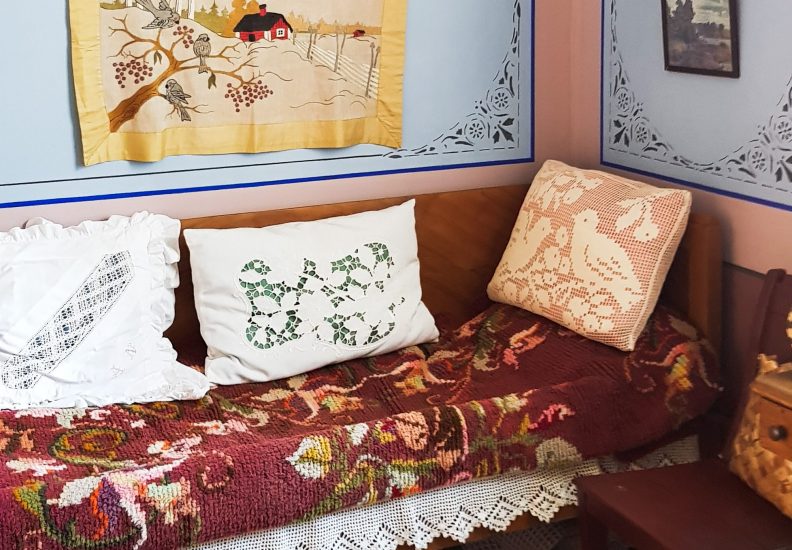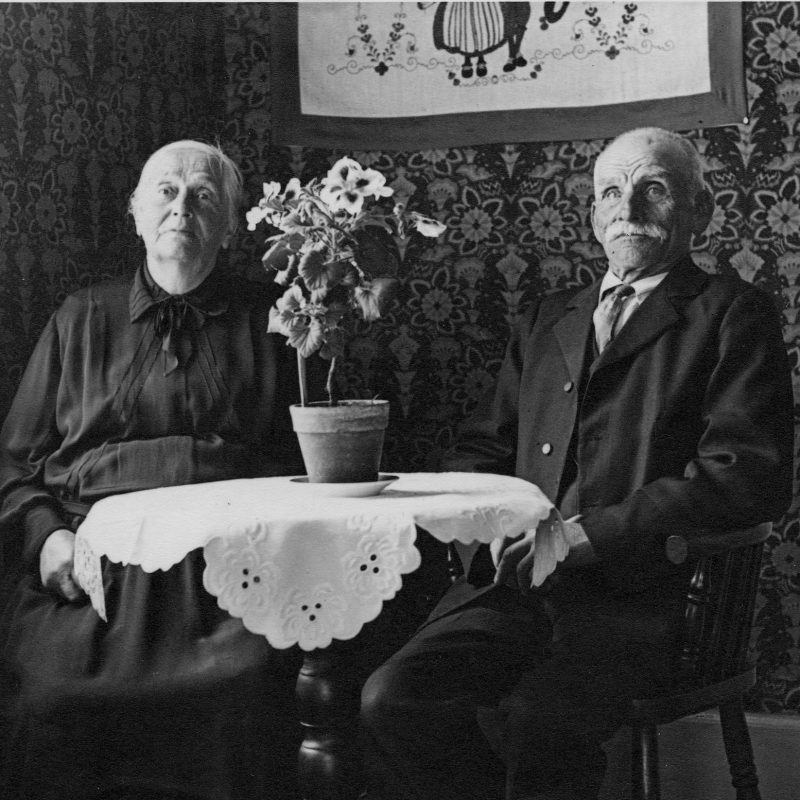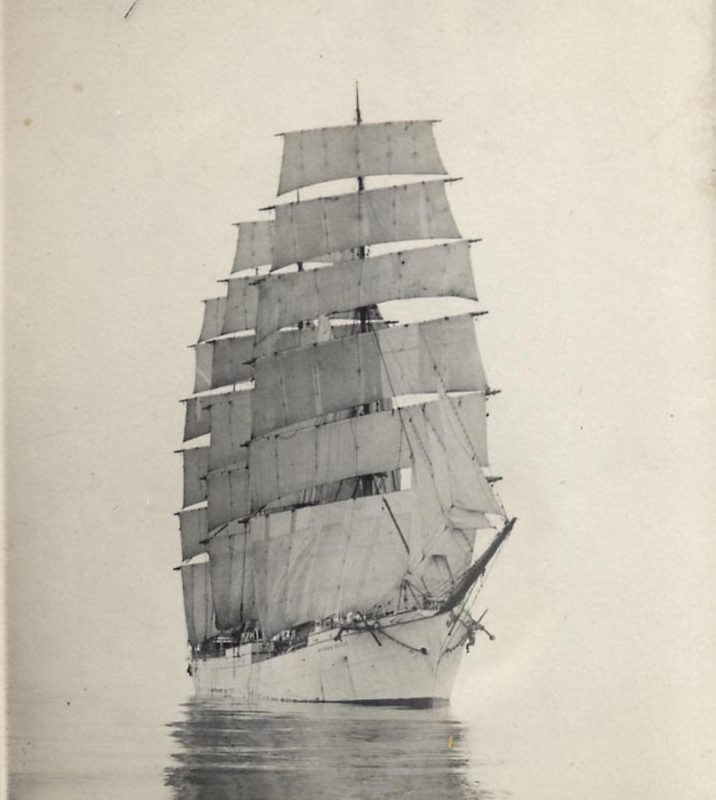Granny’s bedchamber

Granny’s bedchamber
Grandmother Irene, the epitome of a homemaker, lived in this chamber. Her portrait, with her husband Erik August, is on the chest of drawers. A portrait of Jens (one of Irene and Erik’s nine children) and his beautiful first wife who died young in childbirth hangs on the north wall. On the west wall, there is a picture of Sven’s dog, who was called Paik. ...
Paik was a loyal life companion who sailed with his captain on the Herzogin Cecilie for several years. After Irene’s death in the 1950s, this chamber also included a small kitchen. At that time, Peder and Rey Eriksson shared the house. The couch with a hand-knotted rug could be opened up, and it served as a bed.
Everything about her was old, but without the pathos and dilapidation of age; her back was still straight and supple, and although she was large, she was neither fat nor cumbersome. There was more written in her face than anyone as young as I then could read, but it was fascinating because of this. The flat but not sagging cheeks, the straight brows, the long curve of the jaw, the curled nostrils of the pronounced nose, the large but not filmy eyes, the finely moulded forehead – these must have all made a remarkable handsome young face…
Pamela Eriksson in her book The Duchess: The Life and Death of the Herzogin Cecilie.


